The high-profile anonymous reexamination requests against Apple, discovered last week by patent litigator Scott Daniels of the WHDA Reexamination Alert blog (via FOSS Patents), take aim at U.S. Patent No. 7,469,381 for list scrolling and U.S. Patent No. 7,479,949 for touchscreen heuristics.
Both of the patents in question are integral to the unique operation of iOS devices and were used in a number of infringement suits against mobile phone makers using Google's Android mobile operating system. The pair already survived previous ex parte reexaminations while an inter partes request was denied by the USPTO in 2008.
There could be a number of interested parties behind the ex parte requests, including main-contender Google which would benefit greatly if the patents were nullified by previous art.
The '381 patent covers scrolling behaviors that align text and graphics to the top of the display automatically and bounces or "rubber-bands" the page when a user scrolls to the end of a document or list. This property is at the heart of the iOS UI, allowing the operating system to respond to user input in a fluid and natural manner.
Apple's '949 patent covering touchscreen heuristics can be viewed as one of the most important properties leveraged in iOS. With Steve Jobs attributed fist on the list of inventors, the patent covers how multi-point input is computed and processed, making it integral to all iOS devices.
The current request for reexamination references the following prior art against Apple's patents:
'381 rubber-banding patent
According to the request, these prior art references were not considered or cited by the examiner during prosecution or reexamination:
- PCT Publication No. WO 03/081458 on "controlling content display", by AOL/Luigi Lira, published on October 2, 2003
- U.S. Patent No. 7,786,975 on a "continuous scrolling list with acceleration"; the named inventors are Bas Ording, Scott Forstall, Greg Christie, Stephen O. Lemay and Imran Chaudhri
- PCT Publication No. WO 01/029702, which later resulted in U.S. Patent No. 7,152,210 on a "device and method of browsing an image collection"; assigned to Philips (named inventors: Elise van den Hoven, Josephus Eggen); this patent application is used against claims 15, 17 and 18 in combination with the first (AOL/Lira) patent, which the request says renders those claims obvious on its own but at least in combination with this Philips patent
'949 touchscreen heuristics patent
According to the request, the first and the fourth one were not previously considered or cited during prosecution or reexamination, while the second and the third one were, but allegedly become more relevant now in light of those new references:
- U.S. Patent Application Publication No. 2002/036618 on a "method and apparatus for detecting and interpreting path of designated position", assigned to Canon (named inventors: Masanori Wakai and Satomi Kayano)
- U.S. Patent Application Publication No. 2006/0101354 on "gesture inputs for a portable display device", assigned to Nintendo (named inventors: Hideyuki Hashimoto and Shigetoshi Kitayama)
- U.S. Patent Application No. 2005/0012723 on a "system and method for a portable multimedia client", assigned to Move Mobile Systems (named inventor: Matt Pallakoff)
- U.S. Patent Application Publication No. 2003/0063073 on a "touch panel system and method for distinguishing multiple touch inputs" (assigned to a group of individual inventors; first-named inventor: Bernard O. Geaghan
FOSS Patents' Florian Mueller believes that the '381 patent has a higher likelihood of surviving the reexamination than the '949 patent in light of the prior art assertions.
"The '949 patent basically just describes gestures that are identify based on an angle of initial movement with a certain level of tolerance," Mueller writes. "I've criticized this patent repeatedly."
He notes that the Wakai patent application describes the ideal angles of direction to determine what a user intends with a certain gesture.
"At first sight, the Wakai prior art reference appears to render the '949 patent obvious, if not non-novel," Mueller said. "I don't usually make such statements on prior art since minor differences between the prior art and a challenged patent are often enough to keep a patent alive, but in this case I would really be surprised if this request didn't succeed at least against the broadest claims of the challenged patent."
 AppleInsider Staff
AppleInsider Staff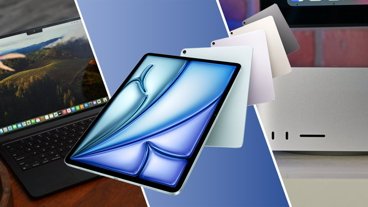
-xl-(1)-xl-xl-m.jpg)
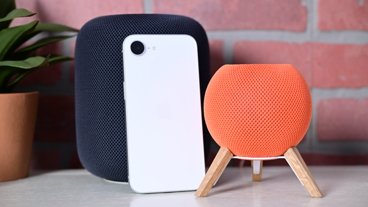




-m.jpg)




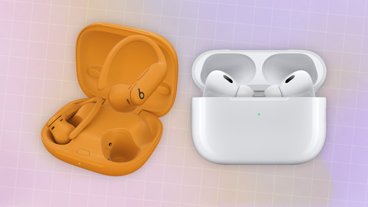

 Chip Loder
Chip Loder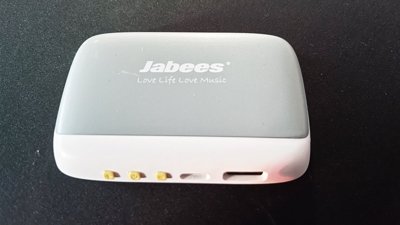
 Amber Neely
Amber Neely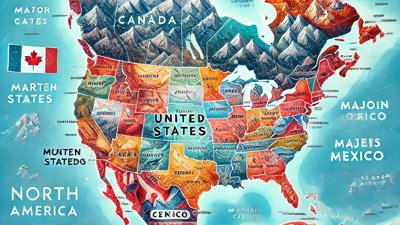
 Wesley Hilliard
Wesley Hilliard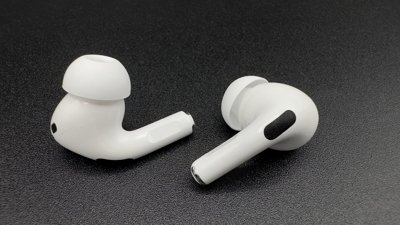
 Marko Zivkovic
Marko Zivkovic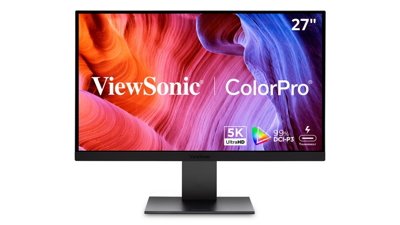
 Andrew Orr
Andrew Orr
 Malcolm Owen
Malcolm Owen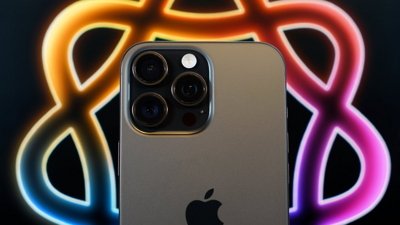

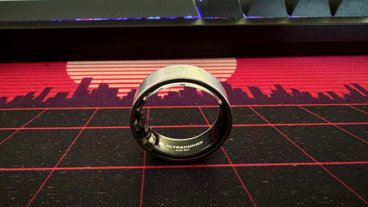
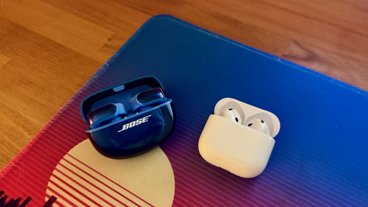
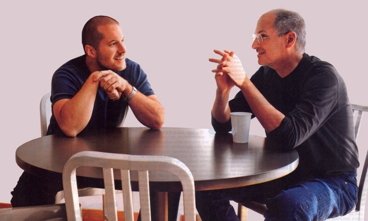
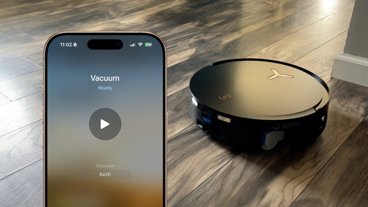
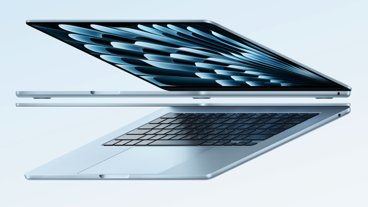
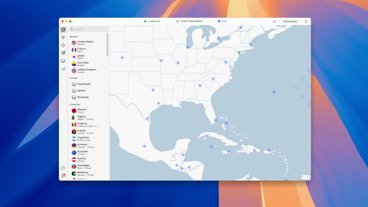

27 Comments
Scott Forstall, listed on one of the challenge patents, works for Apple doesn't he?
(rolleyes)
How can it be "high-profile" if the challenge is anonymous? And how is it possible for an anonymous challenge to be launched against a patent anyway? This does not sound kosher.
I smell Google behind this. They are a bunch of cowards to try to keep secret. They want to rip the heart out of iOS.
But they will fail. It is easy to claim that things are obvious - AFTER Apple innovates. But before, nobody ever thought of it.
Google is just pure evil. Its bad enought that they buy and sell people's identities, but now they want to ruin iOS.
It makes me want to puke.
(rolleyes)
How can it be "high-profile" if the challenge is anonymous? And how is it possible for an anonymous challenge to be launched against a patent anyway? This does not sound kosher
http://reexamcenter.com/essentials/common-questions/#a01
It's not unusual and in fact one of the defining differences between ex-parte and inter partes re-examination requests.
http://reexamcenter.com/essentials/common-questions/#a01
It's not unusual and in fact one of the defining differences between ex-parte and inter partes re-examination requests.
The new title for the story is vindication enough.
Attention attorneys (especially patent attorneys): How is an anonymous challenge to a patent possible?